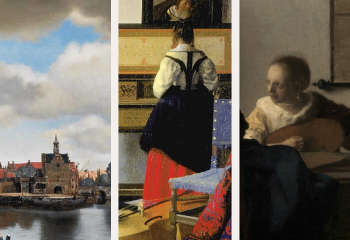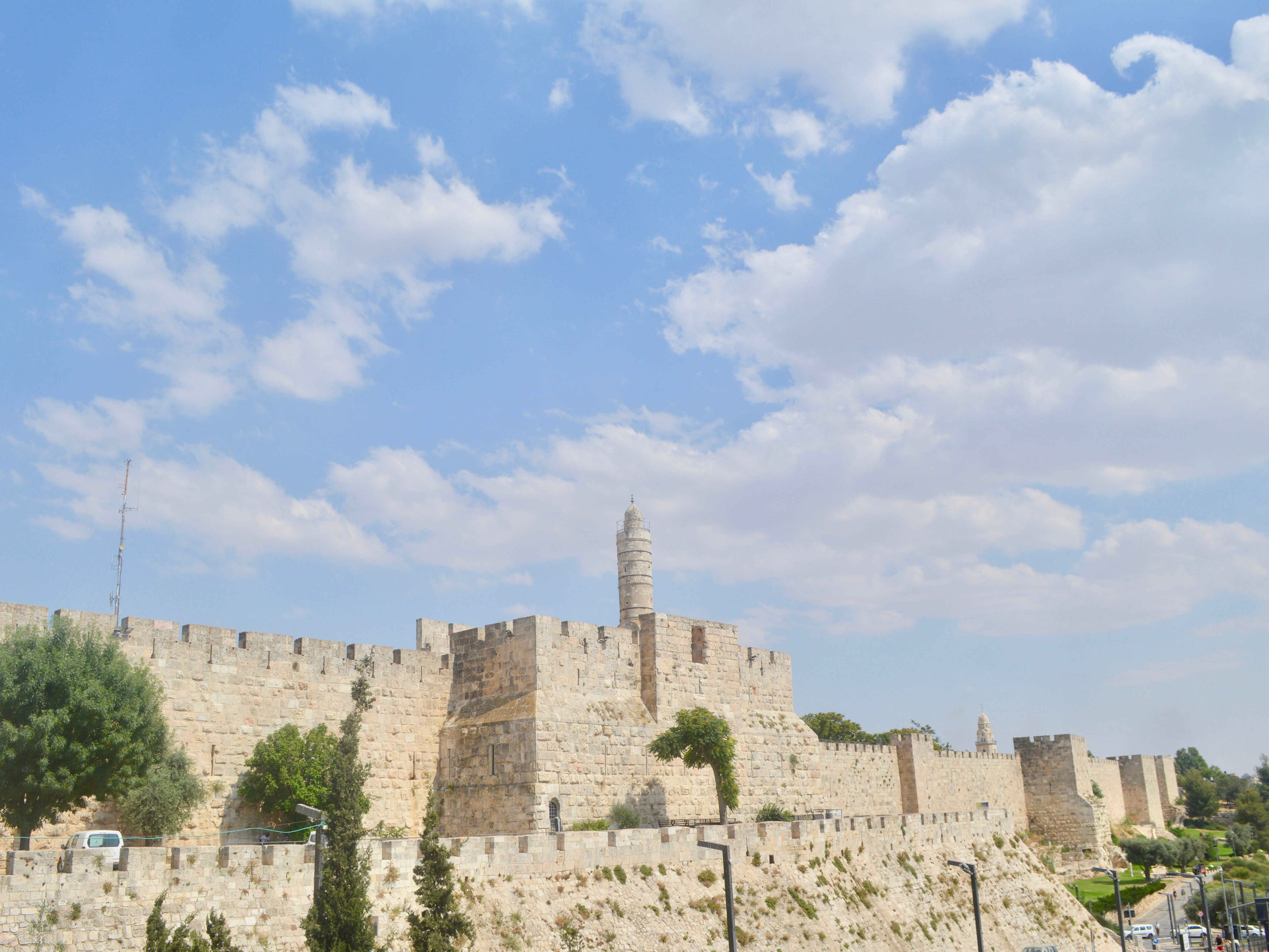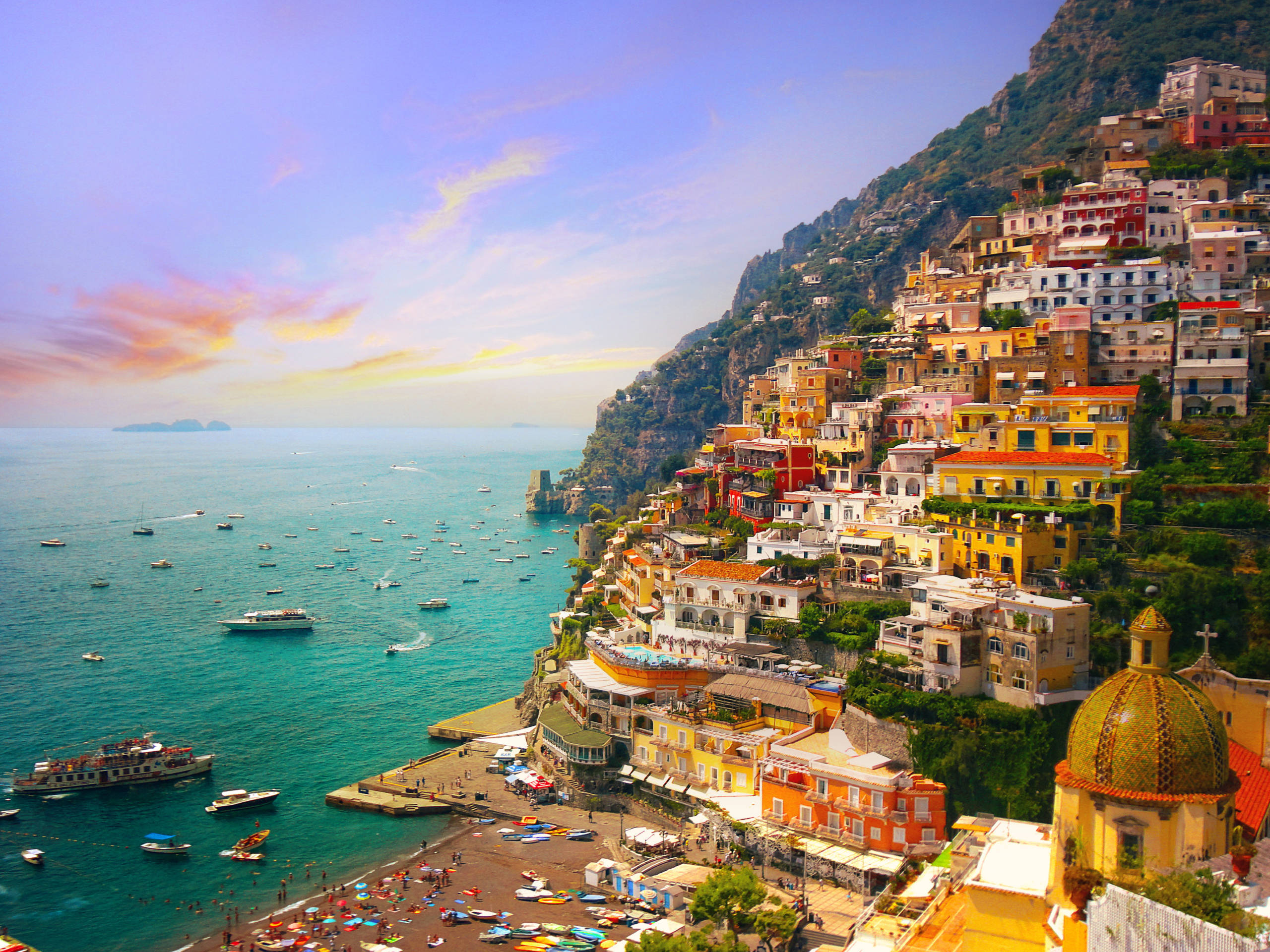An Insider's Guide to the French Riviera

Hôtel Belles Rives, once home to F. Scott and Zelda Fitzgerald. Image courtesy of Alison Bracker
Art and Culture
Before Picasso came to Antibes in the 1920s, Claude Monet discovered and painted it in 1883. Meanwhile, Auguste Renoir fell under Cagnes-sur-Mer’s spell on his way to Italy in 1903, and Dufy, Signac, Soutine, Braque, Miró, Chagall, Matisse, Picasso, Calder all stayed, ate, or socialized at La Colombe d’Or in St. Paul-de-Vence from the 1920s onward. As a result, the Riviera teems with museums spotlighting the careers of some of the 20th century's most influential artists.
Some of the best include:
- Musée Picasso in Antibes
- Musée Renoir in Cagnes-sur-mer, the artist’s home until he died in 1919
- Fondation Maeght in St. Paul-de-Vence
- Musée National Chagall in Nice
- Musée Matisse in Nice
 The Matisse Museum in Cimiez, Nice. Image courtesy of Alison Bracker
The Matisse Museum in Cimiez, Nice. Image courtesy of Alison Bracker
The region boasts some lesser-known cultural gems, too. A few of my favorites are:
- Museum of Photography—Charles Nègre: An excellent museum in Nice’s Old Town with temporary photographic exhibitions.
- The Rosary Chapel in Vence, aka The Matisse Chapel. Matisse decorated this chapel between 1947 and 1951. Since you’ll be near central Vence, visit Marc Chagall’s mosaic inside France’s smallest cathedral, Cathédrale Notre Dame de la Nativité.
- Villa Ephrussi de Rothschild in St. Jean Cap Ferrat. A beautiful villa with nine themed gardens and spectacular views over the Bay of Beaulieu and the Bay of Villefranche.
 Villa Ephrussi de Rothschild, St. Jean Cap Ferrat. Image courtesy of Alison Bracker
Villa Ephrussi de Rothschild, St. Jean Cap Ferrat. Image courtesy of Alison Bracker
Food and Wine
French Riviera cuisine celebrates the three hallmarks of Mediterranean cooking: Olives, wheat, and grapes. Olive trees abound in Nice’s hills, and you can book tastings and a guided tour of Nicolas Alziari’s Olive Farm, the last olive mill in Nice and one of the few in Europe that maintains the Genoese tradition of olive oil production.
If you’re looking for something on which to drizzle local olive oil, stroll through the food markets of Cannes, Antibes, Nice, and Menton. Besides fabulous produce, you’ll find cheese, charcuterie, spices, and sweets. Perhaps the most famous is Nice’s market in Cours Saleya, where I often see local restauranteurs buying ingredients for that day’s menus.
 Cours Saleya Market. Image courtesy of Alison Bracker
Cours Saleya Market. Image courtesy of Alison Bracker
- Domaine de Vinceline in Bellet. Vincent and his wife Celine (hence, “Vinceline”) are passionate about winemaking, and their wines are the best I’ve had in Bellet. They also have 250 olive trees and produce delicious olive oil. Bring a French-speaking friend when you visit.
- Vignoble Rasse in Saint Jeannet. Another family-run vineyard with first-rate wines and enthusiastic (and English-speaking) owners.
My tip? Book a wine tasting that includes appetizers at Vignoble Rasse. Their food is as delicious as their wine.
 Vignoble Rasse, Saint Jeannet. Image courtesy of Alison Bracker
Vignoble Rasse, Saint Jeannet. Image courtesy of Alison Bracker
Traditional foods of note: Socca (made from chickpea flour, salade Niçoise, soupe au pistou, pan bagnat (sort of a salade Niçoise in a sandwich), and pissaladière, an onion tart with anchovies and olives. Although you’ll find these foods along the coast, they’re associated with cuisine Nissarde (Nice cuisine). Only 29 restaurants, most of them in Nice, have received recognition for their authentic, excellent, and seasonal cuisine Nissarde.
My favorite is Chez Acchiardo in the Old Town. I’m not alone, so booking is essential for lunch and dinner, even off-season.
Given its reputation for glamor, it’s no surprise that the Riviera also boasts Michelin-starred restaurants. Mirazur in Menton, Le Chantecler in Nice (at Hôtel Negresco), Monte Carlo’s Louis XV Alain Ducasse inside the fabulous Hôtel de Paris, and La Chèvre d’Or in Eze are among the most famous. However, you can indulge in Michelin-starred quality for a song by visiting Nice’s Patisserie Julien Dugourd, La Chèvre d’Or’s one-time pastry chef.
Where do I take friends and family when they visit me in Nice? The terrific restaurants I return to again and again are:
- Citrus
- Olive et Artichaut
- Le Bar des Oiseaux
- Vingt4
- Les Epicureans
- La Merenda, the one-time Michelin-starred chef Dominique Le Stanc’s tiny but superb restaurant. Cash only.
 Le Bar de Oixeaux. Image courtesy of Alison Bracker
Le Bar de Oixeaux. Image courtesy of Alison Bracker
For a special occasion, try Monte Carlo’s elegant and recently renovated Café de Paris. Or, enjoy a drink on the square outside, steps from the Casino.
 The Café de Paris in Monte Carlo. Image courtesy of Alison Bracker
The Café de Paris in Monte Carlo. Image courtesy of Alison Bracker
Day Trips and Beaches
The French Riviera is synonymous with the beach, but surprisingly, many Riviera beaches comprise galets (pebbles), not sand, and Nice’s drop-off occurs quickly and is steep. Bring water shoes, or consider renting a chaise longue for the day at beach clubs with mats leading to the water.
Or, do what locals do and spend a day at the sandy beaches of Cap Ferrat (especially Plage Paloma and Plage Passable), Villefranche-sur-Mer, or the family-friendly beaches of Juan-les-Pins.
 The beach at Villefranche-sur-Mer. Image courtesy of Alison Bracker
The beach at Villefranche-sur-Mer. Image courtesy of Alison Bracker
- Take the delightful 75-minute boat trip from Cap Ferrat’s Port to Villefranche-sur-Mer between late June and late September on Tuesdays (and Fridays from mid-July to the end of August).
- The Association SOS Grand Bleu runs whale-watching boat trips to the Pelagos Sanctuary from Cap Ferrat between April and November.
Alison's Favorite Day Trips
- Eze: A charming medieval hilltop village with an impressive exotic garden offering spectacular views. Since public transportation to the village is limited, consider booking a private tour with Context Travel. Bring sturdy and comfortable walking shoes, as visiting Eze entails a steep climb on stone donkey paths and cobblestones. Intrepid hikers can follow the Nietzsche Path to or from the seaside village of Eze-sur-Mer.
- Saint-Paul-de-Vence: A delightful hilltop village boasting a unique artistic history. Marc Chagall lived here for nearly 20 years and is buried here. Visit the Maeght Foundation and book a meal at La Colombe d’Or, where you might dine alongside artworks by Matisse, Calder, or Léger.
- St. Tropez: The French Riviera has no official starting point, but many claim it begins in St. Tropez. If you are in Nice or Cannes from mid-May to the end of September, you can catch the Trans Côte d’Azur boat to St. Tropez for the day. The journey is great fun, and you’ll have time to wander through this former fishing village and its splendid Annonciade Museum.
- Antibes and Juan-les-Pins: In 1946, Picasso spent six months in Antibes painting in the medieval castle that now houses the Musée Picasso. It’s a must-see for art enthusiasts, as is Jaume Plensa’s sculpture overlooking the harbor. The quieter resort of Juan-les-Pins next door was F. Scott and Zelda Fitzgerald’s home and inspired his novel Tender is the Night. It is now the Hôtel Belles Rives: Treat yourself to an apéro (an aperitif) on its terrace.
- Menton and Sanremo: Menton, the French Riviera’s final stop, features beautiful gardens, a popular citrus festival around Easter, and the Jean Cocteau Museum. Combine it with a trip across the Italian border to Sanremo to taste Ligurian charm and the Italian Riviera.
 A view from Eze’s garden toward St.-Jean-Cap-Ferrat. Image courtesy of Alison Bracker
A view from Eze’s garden toward St.-Jean-Cap-Ferrat. Image courtesy of Alison Bracker
Even More from Context
Subscribe to our Newsletter
Keep Exploring









